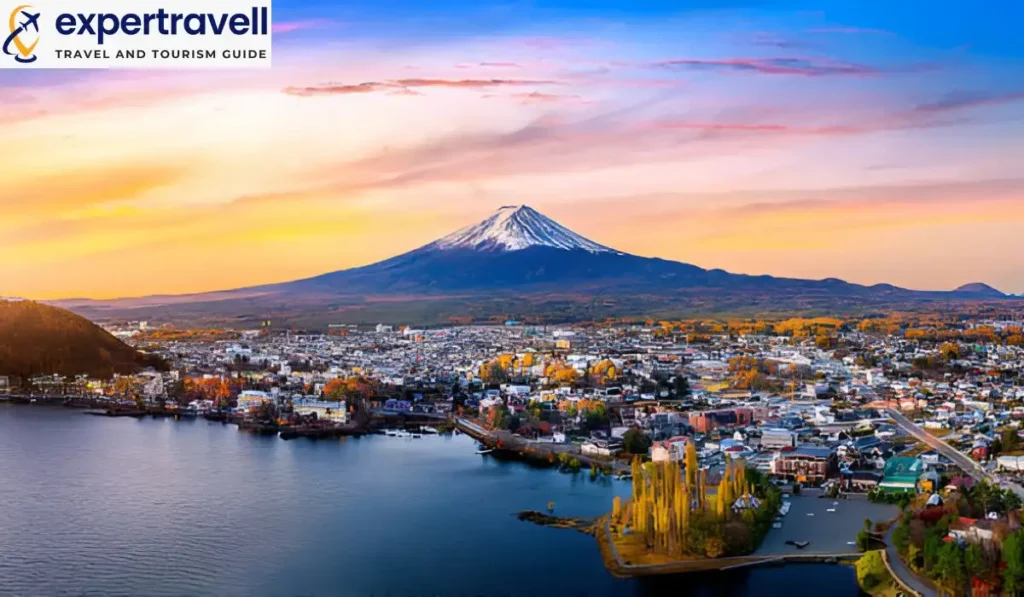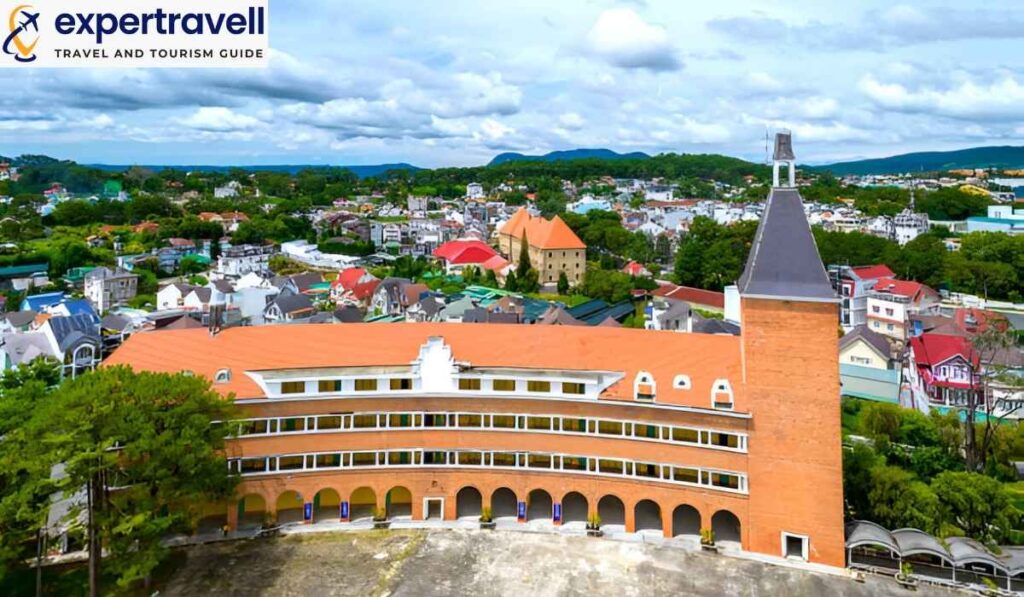Japan is a land that beautifully balances ancient traditions with cutting-edge modernity, offering a rich tapestry of experiences that captivate visitors from around the world. From serene temples to bustling cityscapes, Japan’s allure lies in its unique ability to cater to travellers of all types. Food lovers savour Japan’s culinary diversity, nature enthusiasts explore its scenic landscapes, and culture buffs dive deep into its traditions. Whether you’re planning a detailed Japan travel itinerary or simply seeking a one-of-a-kind adventure, this destination promises something unforgettable for everyone, with iconic sites like Fushimi Inari-taisha adding to its charm.
The Best Times to Visit Japan
Japan’s appeal shifts dramatically with each season, making it an attractive year-round destination. For instance, spring brings the iconic cherry blossom season in Japan, a time when parks and streets are blanketed with delicate pink flowers, drawing crowds eager to witness this fleeting beauty. Summer is marked by traditional Japanese festivals like Obon and fireworks displays, adding a lively atmosphere. Autumn showcases Japan’s scenic places, with vivid foliage creating breathtaking landscapes, while winter turns regions like Hokkaido and Nagano into prime Japan’s winter destinations, ideal for snow sports and hot springs.
Why Japan is a Must-Visit Destination for Culture Enthusiasts
Japan is a cultural treasure trove, where ancient customs and traditions are still honored today, making it a must-visit for culture enthusiasts. Visitors can immerse themselves in Japanese cultural etiquette, attend Japanese calligraphy classes, and partake in traditional Japanese experiences like tea ceremonies. Moreover, cultural sites such as Kyoto’s temples and Tokyo’s historic districts offer deeper insight into Japan’s history and heritage. Whether it’s through exploring top tourist attractions in Japan or engaging with unique Japanese experiences, travelers can connect with a culture both rich and profoundly unique.
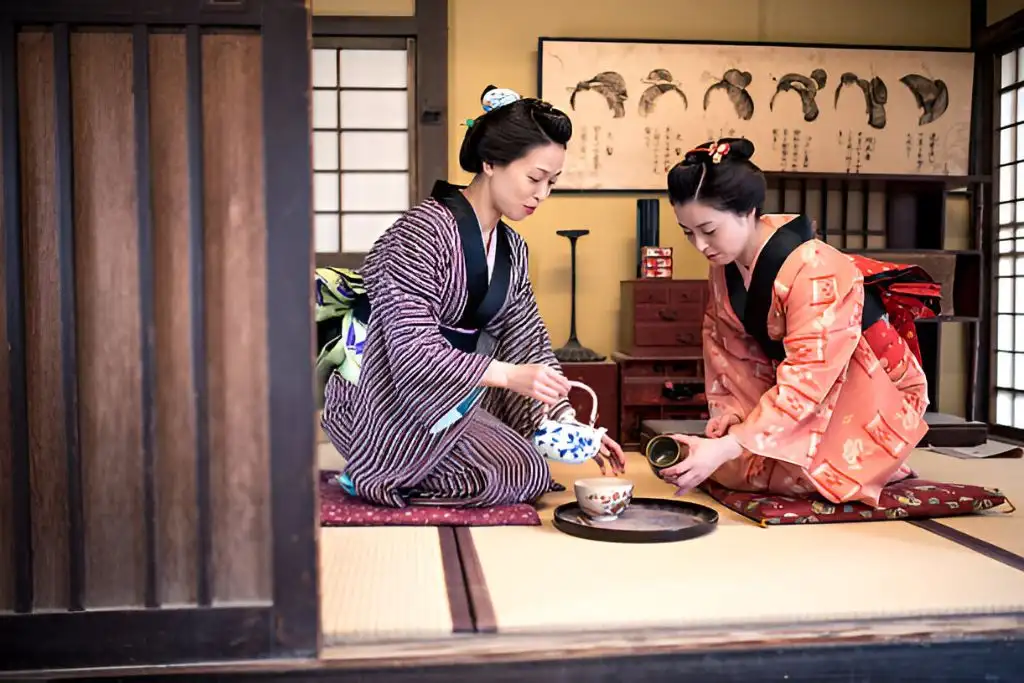
Cultural and Historical Experiences
Japan is a treasure trove of cultural and historical experiences, offering a rich tapestry of heritage sites, traditional ceremonies, and unique practices that give insight into its fascinating past and vibrant traditions. Here’s a guide to some of the most memorable experiences for immersing yourself in Japan’s culture. If you’re inspired by exploring cultural gems worldwide, you’ll find plenty of things to do in Buenos Aires that showcase its own unique heritage.
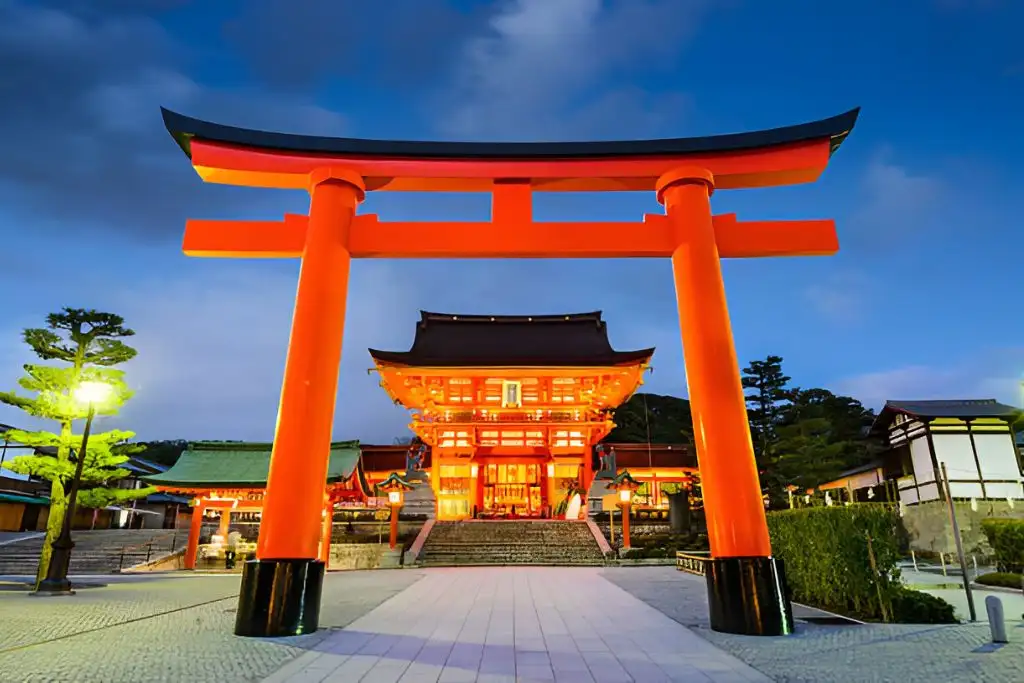
Visit Fushimi Inari-taisha in Kyoto
One of the most famous temples in Japan, Fushimi Inari-taisha, is known for its thousands of bright vermilion torii gates that create a stunning pathway up the Inari Mountain. This iconic Shinto shrine, dedicated to the deity of rice and prosperity, provides an immersive experience in traditional Japanese spirituality. The shrine, along with its winding trails through serene forested areas, is a must-see among temples and shrines in Kyoto.
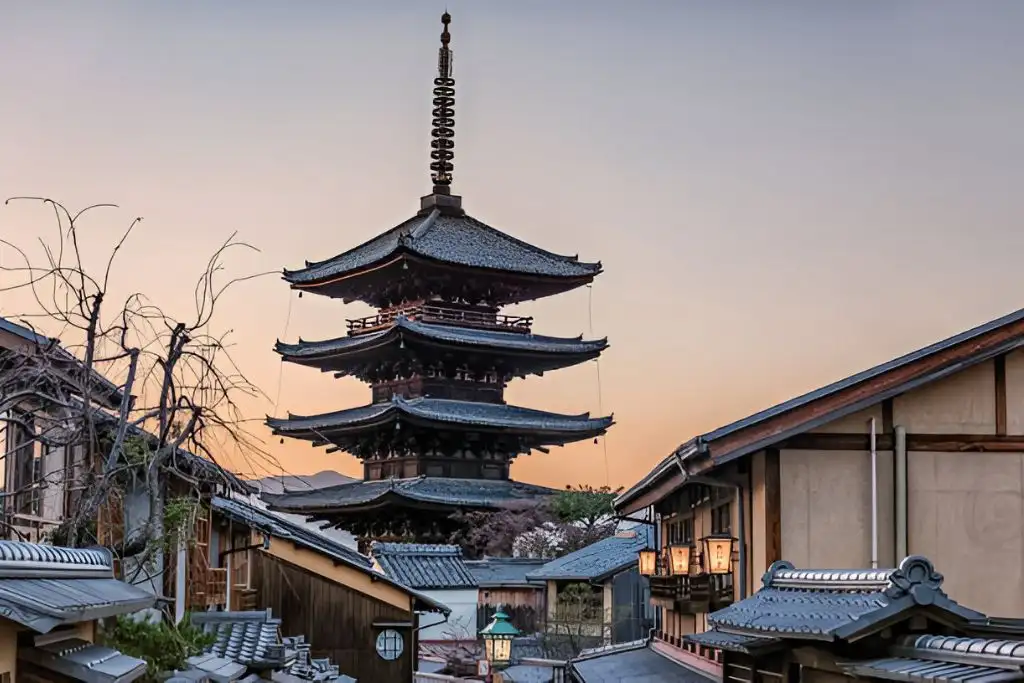
Admire the Golden Pavilion (Kinkaku-ji)
The Golden Pavilion, or Kinkaku-ji, stands as a masterpiece of Zen Buddhist architecture in Kyoto, covered in gold leaf and surrounded by meticulously designed Japanese gardens and parks. As one of the top Kyoto sightseeing spots, Kinkaku-ji offers visitors a tranquil experience with its reflective pond and beautifully landscaped surroundings, showcasing Japan’s refined garden art.
Take Part in a Traditional Tea Ceremony
Engaging in a traditional Japanese tea ceremony provides a deeper understanding of Japanese tea culture, focusing on mindfulness, harmony, and respect. Guided by experienced hosts, visitors can partake in the meticulous preparation and consumption of matcha tea, observing centuries-old customs and rituals that highlight the essence of Japanese etiquette.
Explore Himeji Castle
Known as the “White Heron Castle” for its elegant white walls, Himeji Castle is an architectural marvel and one of Japan’s UNESCO World Heritage Sites. This well-preserved Japanese castle offers insight into Japan’s feudal past with its strategic defensive features, beautiful design, and stunning views, making it a top destination for those interested in exploring Japanese castles.
Wander the Streets of Gion in Kyoto
Gion, Kyoto’s most famous geisha district, is steeped in traditional charm with its historic wooden machiya houses, narrow streets, and bustling tea houses. Known for its rich geisha culture in Japan, Gion offers a unique opportunity to see geiko and maiko (apprentice geisha) dressed in traditional attire as they move between tea houses, preserving a cultural legacy that has endured for centuries.
Attend a Sumo Match or Tournament
Sumo wrestling, Japan’s traditional sport, captivates audiences with its dynamic matches and revered customs. Attending a live sumo tournament in Tokyo, Osaka, or Nagoya offers an authentic experience of this ancient sport, allowing visitors to witness the ceremonial rituals, intense bouts, and respectful gestures that are central to sumo wrestling in Japan.
Stroll Through the Peace Memorial Park in Hiroshima
Hiroshima Peace Memorial Park is a poignant reminder of Japan’s history, dedicated to those affected by the atomic bombing in 1945. As one of Japan’s most significant historical sites, the park includes the Hiroshima Peace Memorial, a museum, and several monuments that offer a reflective experience, promoting peace and remembrance for future generations.
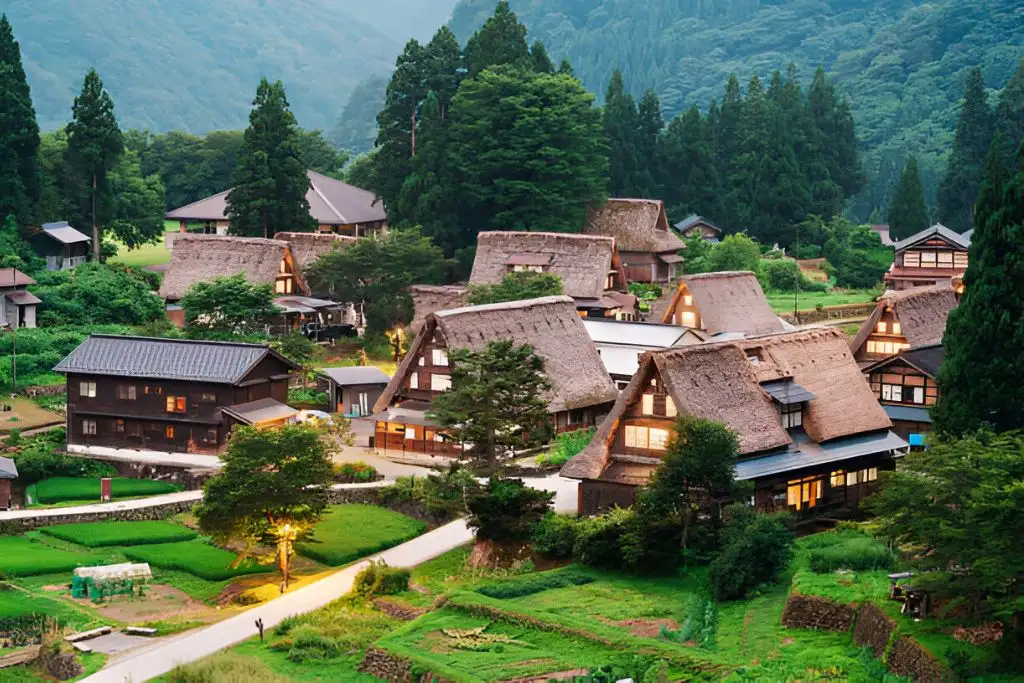
Visit the Historic Village of Shirakawa-go
Nestled in the Japanese Alps, the Historic Village of Shirakawa-go is famous for its gassho-zukuri farmhouses, characterized by their steep, thatched roofs designed to withstand heavy snow. This rural Japanese village, designated a UNESCO World Heritage Site, provides a glimpse into traditional rural life, showcasing a unique architectural style and pastoral lifestyle that reflects Japan’s connection to nature.
Nature and Scenic Experiences
Japan offers a stunning variety of natural landscapes and scenic spots perfect for travelers seeking both relaxation and adventure. From the tranquility of Japanese bamboo groves to the vibrant cherry blossoms of spring, the country is home to breathtaking vistas and unique ecological wonders. These experiences provide a blend of nature’s beauty and traditional Japanese culture, making each destination a memorable experience.
Explore Tokyo’s Shibuya Crossing
Located in Tokyo, Shibuya Crossing is one of the busiest pedestrian intersections in the world, epitomizing the fast-paced lifestyle of Japan’s capital. It’s a spectacle of Tokyo’s bustling streets, where hundreds of people cross simultaneously under the vibrant lights of towering billboards. This modern experience in Tokyo offers a glimpse into the city’s dynamic energy and a chance to immerse yourself in the urban heartbeat of Japan.
Discover the Arashiyama Bamboo Forest
The Arashiyama Bamboo Forest, nestled in Kyoto, transports visitors to a serene landscape filled with towering Japanese bamboo groves. Strolling through these scenic places in Kyoto is a magical experience, as sunlight filters through the dense bamboo stalks. This forest is one of Kyoto’s most popular nature escapes, blending scenic beauty with the tranquility that characterizes Japanese culture.
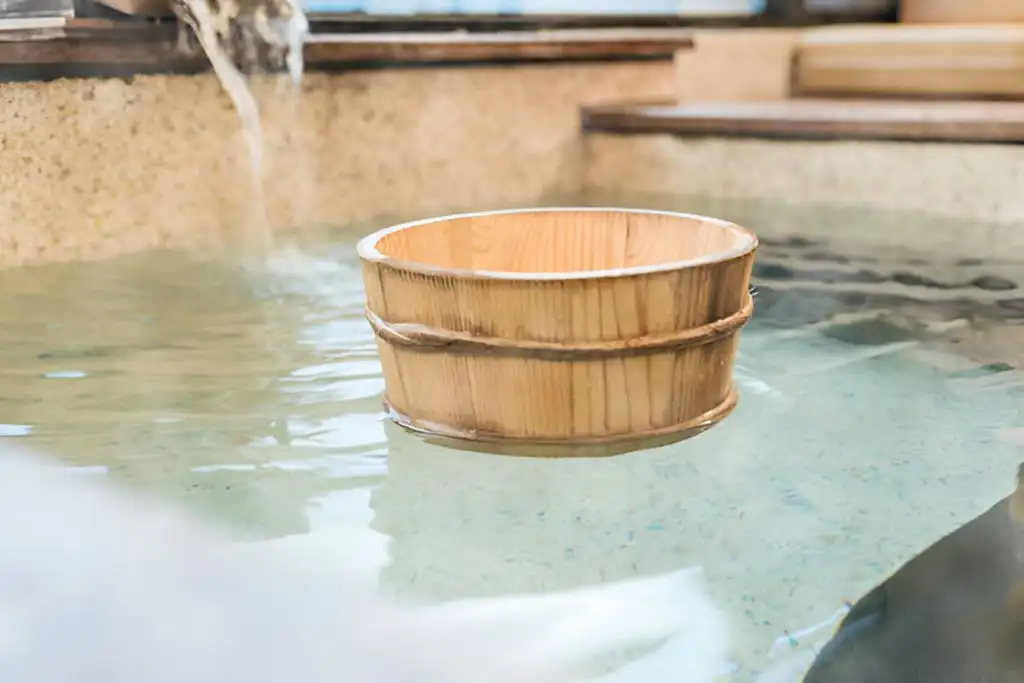
Soak in an Onsen (Hot Spring)
Japan’s onsen culture offers a unique way to relax and connect with nature. Hot springs, or onsen, scatter throughout the country, with Hakone’s hot springs standing out as particularly famous. Soaking in an onsen not only relaxes the body but also reveals Japanese traditions, where people value hot springs for their healing properties. A visit to Japan would be incomplete without experiencing an authentic onsen.
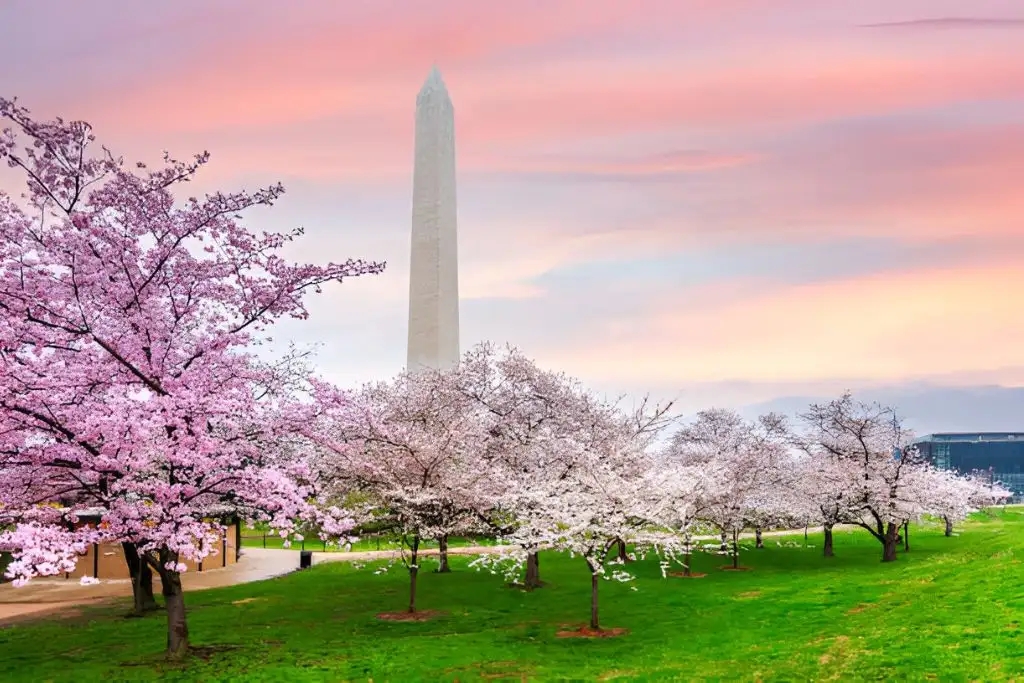
See the Cherry Blossoms in Spring (Hanami)
Springtime in Japan is celebrated with hanami, or cherry blossom viewing. This season brings a burst of pink and white blossoms, attracting visitors to cherry blossom viewing spots in Japan like Ueno Park and Mount Yoshino. Hanami is also a part of Japanese spring festivals, where families and friends gather under blooming trees to appreciate the fleeting beauty of sakura (cherry blossoms) and welcome the arrival of spring.
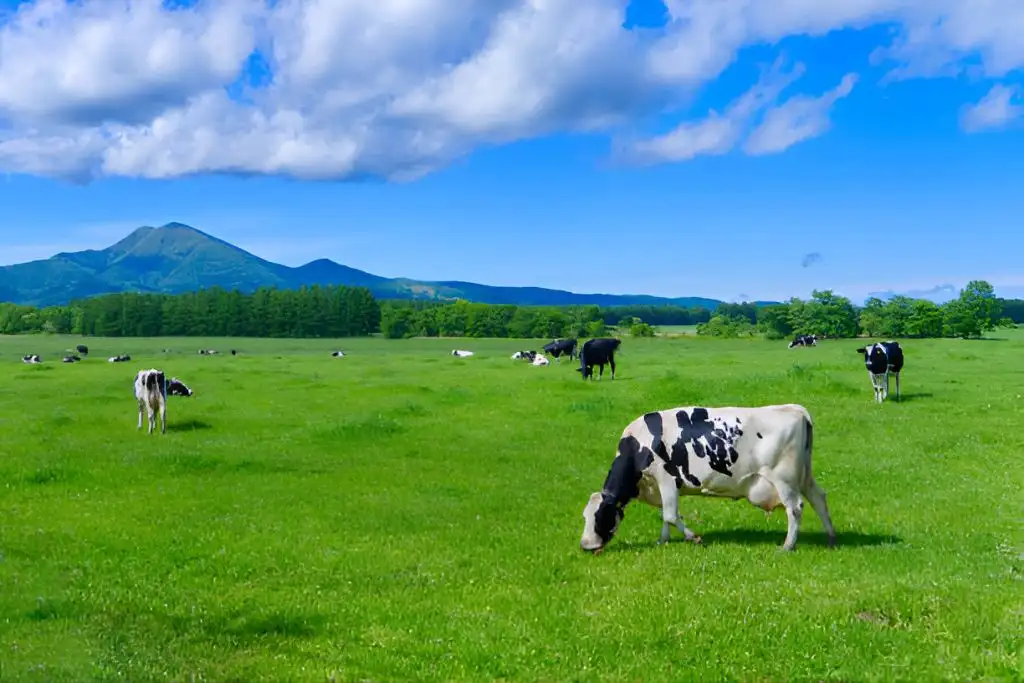
Go Skiing in Hokkaido
Hokkaido, Japan’s northernmost island, is a winter wonderland renowned for its powdery snow and top-tier ski resorts. Winter activities in Hokkaido include skiing, snowboarding, and snow festivals, making it a premier destination for winter sports enthusiasts. Whether you’re an expert or a beginner, Hokkaido’s ski resorts offer a thrilling way to enjoy Japan’s natural beauty in the colder months.
Walk Through the Deer Park in Nara
Nara is famous for its Deer Park, where friendly, free-roaming deer interact with visitors. Walking through the deer park in Nara is an unforgettable experience, as these deer are considered sacred and are a cherished part of the area’s cultural heritage. Nearby, you can visit the Great Buddha at Todai-ji Temple, one of the largest bronze statues of Buddha in Japan, for a deeper dive into the region’s historical significance.

Hike Mount Fuji or Visit the 5th Station
Mount Fuji is Japan’s most famous mountain, attracting hikers and sightseers alike. Climbing this iconic peak offers unparalleled views and a true sense of achievement. For those who prefer a shorter experience, the 5th Station on Mount Fuji provides stunning vistas and an introduction to the hiking culture in Japan. Known as a symbol of Japan, Mount Fuji is a must-see for adventurers and photographers alike.
Cruise on Lake Ashi in Hakone
A scenic boat cruise on Lake Ashi in Hakone offers a peaceful way to enjoy views of Mount Fuji against the lake’s serene waters. These cruises are popular for tourists seeking relaxation combined with sightseeing, as they float along surrounded by mountains and iconic torii gates. The views from the lake, particularly of Mount Fuji, make it an unforgettable experience in Hakone.
Explore Okinawa’s Beaches and Coral Reefs
Okinawa is Japan’s tropical paradise, boasting pristine beaches and vibrant coral reefs. Japanese beaches in Okinawa are ideal for snorkeling, diving, and exploring marine life. The island’s warm climate and crystal-clear waters offer a perfect setting for underwater adventures, making Okinawa a fantastic destination for nature lovers and those looking to unwind by the sea.
Modern and Urban Adventures
Japan’s cities are renowned for their unique blend of traditional and cutting-edge attractions, making them perfect for modern and urban explorers. From towering skyscrapers to pop culture hubs, Japan offers a dynamic adventure for those seeking an electrifying experience. Discover vibrant shopping districts, fascinating anime and manga attractions, and incredible food markets that capture Japan’s iconic urban pulse.
Experience Akihabara, Tokyo’s Electronics District
Known as Tokyo’s electronics and pop culture center, Akihabara is a must-visit for anime and manga lovers. This area is packed with stores offering the latest gadgets and tech, as well as countless shops filled with anime and manga collectibles, costumes, and more. Akihabara embodies the energetic spirit of Japanese pop culture, making it a unique attraction for fans worldwide.
Eat Fresh Sushi at Tsukiji Market in Tokyo
Visiting Tsukiji Market is a sensory experience that every seafood enthusiast will love. Although the wholesale fish market has relocated to Toyosu, the outer market remains a bustling area filled with fresh sushi stands, Japanese seafood markets, and food stalls offering everything from sashimi to sweet treats. For foodies, Tokyo food tours here offer the chance to savor some of the best traditional Japanese seafood in the country.
Traditional Accommodations
For a glimpse into Japan’s cultural heritage, staying in a ryokan offers an unforgettable experience. These traditional Japanese inns are known for their hospitality, where guests can expect serene rooms with tatami mats, futon beds, and Japanese baths. Ryokan stays in Japan provide a chance to experience authentic Japanese hospitality, where tranquility and attention to detail create a memorable stay.
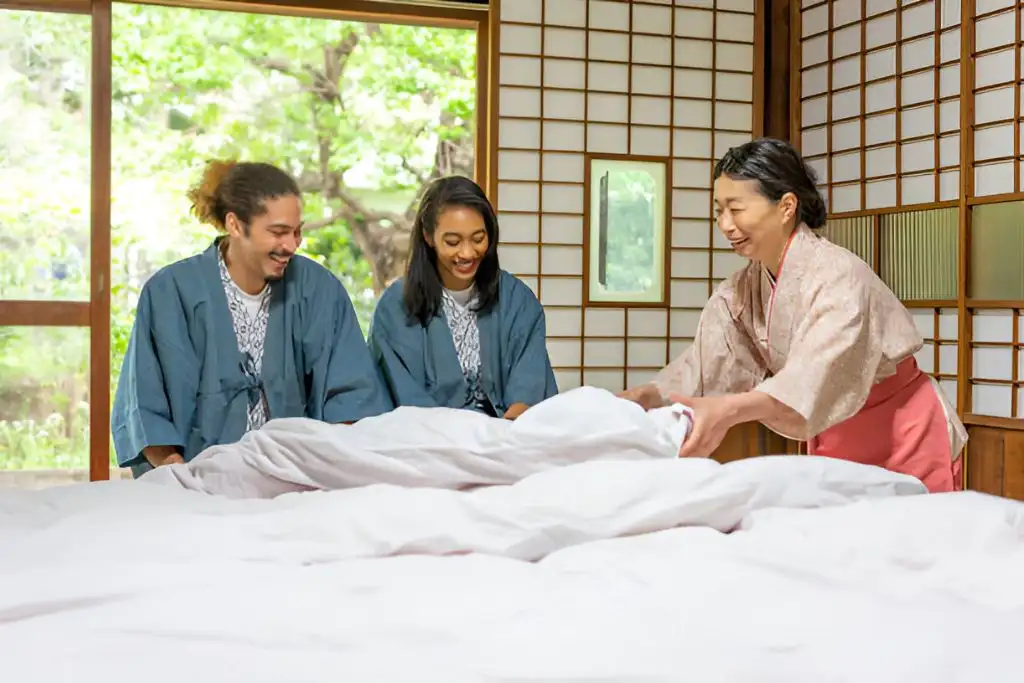
Stay in a Ryokan (Traditional Japanese Inn)
A ryokan stay immerses you in the beauty of Japanese customs and hospitality. These inns often feature traditional architecture, serene gardens, and communal hot spring baths, known as onsen. Known for exceptional Japanese hospitality experiences, staying in a ryokan allows you to slow down and enjoy a peaceful, authentic Japanese experience unlike any modern hotel stay.
Top Spots for Foodies: A Culinary Journey Across Japan
For food enthusiasts, Japan offers an unmatched culinary experience, blending traditional flavors with modern innovation. From bustling Japanese street food scenes to vibrant food markets in Japan, travelers can dive deep into the heart of Japanese cuisine. Popular destinations like Osaka’s Dotonbori and Tokyo’s Tsukiji Fish Market bring the country’s renowned seafood and street eats to life. Consider joining Japanese food tasting tours to savor local delicacies like takoyaki, okonomiyaki, and fresh sushi from the masters themselves.
An Ultimate Guide to Japan’s Onsen and Relaxation Culture
Japan’s onsen culture is integral to its identity, providing both relaxation and health benefits through naturally heated hot springs. The Japanese hot spring culture centers around communal bathing, a practice deeply respected and enjoyed by locals and tourists alike. Visitors can immerse themselves in traditional Japanese spa experiences at famous onsens such as Hakone and Beppu. For those seeking a deeper retreat, Japan offers tranquil relaxation retreats with beautiful, nature-infused landscapes perfect for unwinding and rejuvenating.
Safety & Travel Tips
When visiting Japan, it’s essential to understand local customs and stay safe. Key travel tips for Japan include familiarizing yourself with Japan’s cultural etiquette, like bowing and removing shoes when entering certain spaces. The Japanese are incredibly polite, and respecting their customs will enrich your experience. For a worry-free trip, follow basic safety tips for tourists in Japan such as adhering to train etiquettes and staying vigilant in busy areas.
Frequently Asked Questions
How expensive is Japanese tourism?
Japan can be moderately to highly expensive for tourists, depending on travel choices. Budget travelers might spend around $70–$100 per day, while mid-range travelers may need $150–$250 per day.
What is OK to wear in Japan?
Japan has a relaxed dress code, so casual clothing is fine. However, dressing modestly, especially in temples or religious sites, is appreciated. Avoiding overly revealing clothing is advisable.
What is not polite in Japan?
Some actions considered impolite include talking loudly on public transportation, eating while walking, pointing directly at people, and failing to remove shoes before entering a home or certain indoor spaces.
Is it rude to be late in Japan?
Yes, punctuality is highly valued in Japan, and being late can be seen as disrespectful, especially for formal or business meetings.
Is Osaka cheaper than Tokyo?
Generally, Osaka is slightly cheaper than Tokyo, with more affordable food and accommodation options.
What month is the cheapest to fly to Japan?
The cheapest months to fly to Japan are typically January and February, as they fall outside the high tourist seasons.
Is it cheap to eat in Japan?
Eating in Japan can be affordable. Local meals at places like ramen shops, conveyor belt sushi, or convenience stores typically range from $5–$15.
Is Japan friendly for tourists?
Yes, Japan is very tourist-friendly, with safe cities, accessible public transportation, and a reputation for polite and helpful locals.
Why is Japan so cheap?
Japan’s affordability is due in part to a strong currency exchange rate, low inflation, and a variety of budget-friendly options for accommodations, meals, and activities.
How much does a meal cost in Japan?
A meal in Japan can vary widely but is generally affordable. An inexpensive meal can cost around $7–$12, while mid-range dining might be closer to $20–$40 per person.

